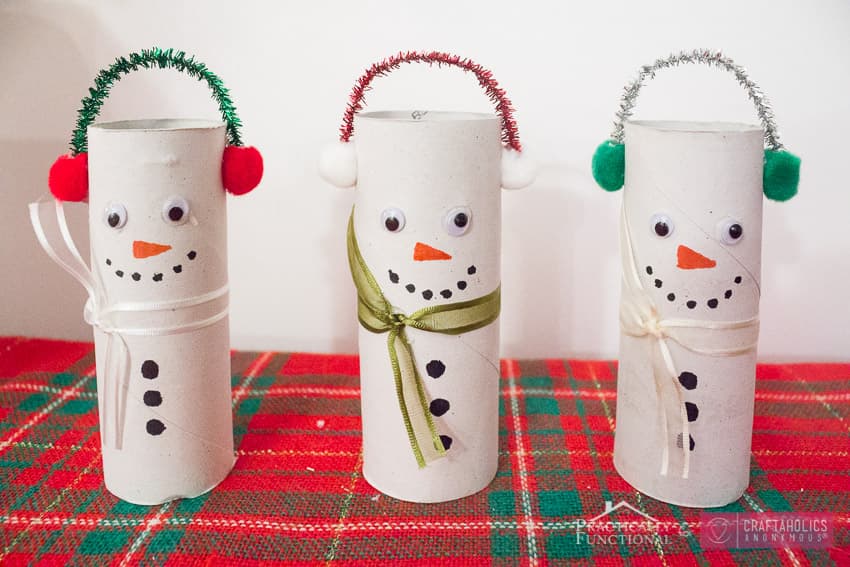Modern life is full of anxiety: news, work, lack of time for rest, and the constant race for results. All this builds up in the body, turning into fatigue, irritability, and in some cases even depression. This trend is especially felt by city dwellers, including those in large Hungarian centers such as Budapest, Debrecen, and Szeged. However, there is a proven and accessible way to reduce stress levels without expensive therapy — handicrafts.
The creative process does not require special skills, expensive materials, or professional education. The main ingredients are desire and a bit of free time. People in Hungary are increasingly choosing knitting, embroidery, scrapbooking, decoupage, paint-by-numbers, and other forms of handicraft as a way to relax and restore emotional balance. And this is not just a hobby — science supports it.
How Creative Relaxation Works
During handicraft activities, the areas of the brain responsible for concentration, fine motor skills, and visual perception are activated. Repetitive movements, such as those used in knitting or sewing, help induce a meditative state. The brain begins to work at a slower rhythm, cortisol levels — the stress hormone — decrease, and with it, inner tension fades away. This state is similar to what we feel after a walk in the fresh air or a yoga session.
Additionally, during creative activities, a person disconnects from everyday worries and anxious thoughts. The focus shifts away from the problem to the pattern, thread color, paper texture, or the movement of a brush across a canvas. This effect is known as “flow.” It is in this moment that true relaxation occurs. In Hungarian families, traditions of knitting or embroidery are often passed down from grandmothers to granddaughters, and now, in an age of digital overload, this craft is making a comeback as a natural method of self-care.
Psychological and Physiological Benefits
In addition to reducing anxiety, handicrafts help combat chronic fatigue and insomnia. People who regularly engage in creative activities often report better sleep, improved mood, and renewed energy. The hands are busy, and the mind is at peace. This is especially important for those who have experienced emotional trauma or are suffering from burnout.
For Hungarians, as for many other Europeans, handicrafts have become not only a personal practice but also a means of social integration. In cities, clubs and art studios are opening where like-minded people can meet, exchange ideas, and chat over coffee. These activities not only distract from problems, but also restore a sense of control, self-confidence, and create a space where one can simply be oneself.
From Digital Irritation to Handmade Comfort
We live in a world of constant digital stimulation: notifications, screens, messages. Even our leisure time is “on-screen” — TV series, social media, games. However, such entertainment does not allow the brain to truly rest. This is why more and more people, including in Hungary, are choosing to return to handicrafts. Fabric, wool, paint — all of these are tangible, and this creates a unique sense of comfort, similar to childhood memories of home and warmth.
Interestingly, even online entertainment now faces competition from creative activities. Some Hungarian users admit that they have replaced evening scrolling with drawing or working with beads. In this context, it is worth mentioning that, unlike online casinos and other digital entertainments, handicrafts are not addictive — quite the opposite, they help restore inner balance.
Why It’s Important to Learn Creativity at Any Age

There is a misconception that handicrafts are for middle-aged women. In reality, it’s quite different. More and more young people are discovering the benefits of making things with their hands. In Hungarian schools and children’s centers, creative clubs are regaining popularity, and at markets in Budapest, entire stands offer supplies for beginner crafters of all ages.
Handicrafts have also become an important element in psychotherapy and correctional programs. Some Hungarian clinics use art therapy as support in treating anxiety disorders, addictions, and post-traumatic conditions. And that’s no surprise — creativity helps people reconnect with themselves, process emotions, and express what’s hard to say in words.
Conclusion: Creativity as a Form of Self-Care
In an era that demands speed, efficiency, and control, handicrafts become a form of resistance to stress. They offer a chance to slow down, feel your hands, your thoughts, your rhythm. And that is the power of creativity. Hungarians, maintaining respect for folk traditions while embracing new forms of self-expression, are increasingly choosing the calm that handicrafts provide.
By creating something with our hands, we do more than decorate a home or give gifts to loved ones. We restore our connection with ourselves, find inner harmony, and learn to truly rest. And in a world where stress has become the norm, that is a priceless skill.